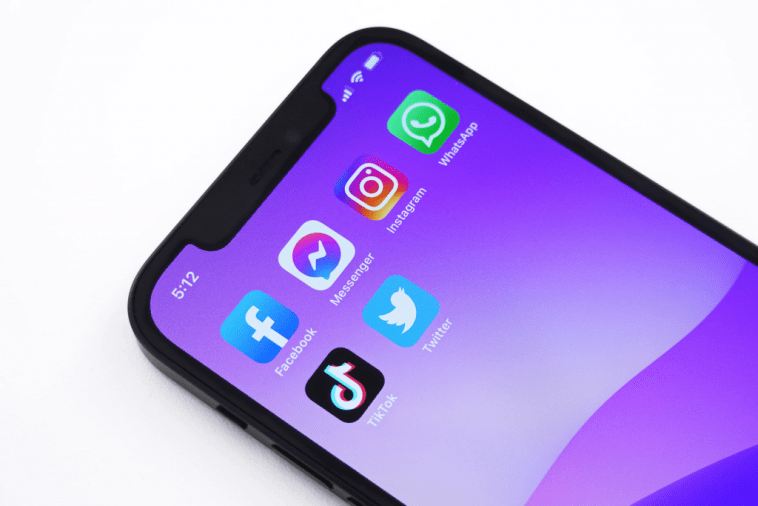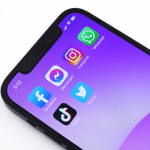Introduction.
Social media is a major part of our daily lives, and it’s not just about keeping up with friends or following trends anymore.
For anyone trying to share content, build a business, or grow an audience, understanding how social platforms handle external links is crucial.
Links are the bridges between platforms and the rest of the web, but not all platforms treat them equally.
Some platforms encourage sharing links freely, while others seem to put up roadblocks. Why does this matter?
If you’re a creator, marketer, or just someone trying to get your message out, knowing the rules can save you time and frustration—and help you reach more people.
I’m breaking it all down, so you’ll know exactly where each major platform stands and how to make the most of your content-sharing strategy.
What are External Links, and Why Do They Matter?
An external link is simply a link that takes someone from one website or app to another. On social media, it could be a link in a post, profile bio, or even a comment.
For businesses, creators, and marketers, external links are lifelines—they drive traffic to blogs, online stores, YouTube channels, and more.
But here’s the thing: social platforms are designed to keep users engaged on their site. They don’t want you leaving to visit another page, which is why some platforms restrict or discourage the use of links. Understanding these rules can help you work smarter when you post.
How the Big Players are Handling External Links
Here’s a breakdown of the policies and behaviours of the major social platforms when it comes to external links:
Facebook has always been a key tool for sharing links, but not without limits. Posts with external links often see lower reach because Facebook’s algorithm prioritizes content that keeps users scrolling within the platform.
- Link Formats: You can share clickable links in posts, but make sure they look clean and relevant. Adding a personal touch to the caption can improve engagement.
- Workarounds: Facebook doesn’t penalize links in comments as much as in posts, so some users put links there to avoid a reach drop.
Instagram is notoriously stingy with external links. The platform’s focus is visual content, and clickable links in regular posts just aren’t allowed.
- Where Links Work: You can add one clickable link in your bio, use “link stickers” in Stories (for accounts with certain privileges), or link products in a shop if you’re running a business account.
- Best Practices: Use tools like Linktree to create a single landing page with multiple links, and keep directing your audience to your bio link in captions or Stories.
Twitter (Now X)
Twitter is more relaxed about external links compared to some other platforms. You can easily share links in tweets, and they’re clickable and straightforward. However, there’s still a catch.
- Challenges: Too many links in a short period can make your account look spammy. Also, Twitter’s algorithm may de-prioritize tweets that direct users off the platform.
- Tips: Focus on engaging content that complements the link, like a quick explanation, a provocative question, or a striking statistic.
LinkedIn encourages professional networking, but it’s not entirely link-friendly. Posts with external links may experience lower visibility, similar to Facebook.
- Best Spots for Links: Links perform better in the first comment rather than the post itself. Alternatively, you can edit a post to add a link after it’s been published, which sometimes works better with LinkedIn’s algorithm.
- Pro Tip: Use a mix of content types to keep engagement high and avoid over-relying on links.
TikTok
TikTok thrives on keeping users within its ecosystem, so external links aren’t a big part of its design. Regular videos don’t allow clickable links, but there are ways to guide your audience elsewhere.
- Link Options: Add links to your bio or use TikTok’s “Shop” features if you’re in e-commerce. Creators often use QR codes or suggest visiting their profiles for a link.
- What Works: Content is king on TikTok, so focus on engaging videos first, with subtle nudges to your bio link.
YouTube
YouTube plays well with external links, particularly in video descriptions, pinned comments, and end screens. Since the platform is owned by Google, it benefits from driving traffic across its broader ecosystem.
- Where to Link: Use video descriptions, cards, and end screens for links. Just ensure they’re relevant to your video content.
- Caution: Avoid spammy or irrelevant links, as they can lead to your content being flagged.
Pinterest is a goldmine for external links, especially for bloggers, businesses, and e-commerce sites. Every Pin can include a link, and driving traffic is a major focus for users on this platform.
- Strategies: Make sure your Pins are visually appealing and lead to quality, relevant destinations.
- Tip: Consistent posting and SEO-friendly descriptions can significantly boost link clicks.
FAQs About External Links on Social Media
1. Do social platforms block external links outright?
Not usually. However, algorithms may limit the visibility of posts containing links, or the platform may discourage linking by design (like Instagram’s lack of clickable links in posts).
2. Is there a way to avoid link penalties?
Try posting links in the comments instead of the main post, or use workarounds like QR codes, link-in-bio tools, or direct CTAs that guide users without a clickable link.
3. Why don’t platforms like external links?
Platforms make money by keeping users engaged on their site. When users leave, the platform loses potential ad revenue and engagement metrics.
4. Which platform is best for driving traffic?
Pinterest and YouTube are excellent for external links. Facebook and Twitter can also be effective with the right approach.
Conclusion
Understanding how social platforms handle external links is key to creating content that works. Whether you’re promoting a business, sharing a blog post, or just trying to grow your audience, knowing the rules can help you stay ahead.
Each platform has its quirks, but with a little creativity and strategy, you can use links to their full potential.
So, now that you’ve got the inside scoop, here’s my question for you: How do you plan to adapt your link-sharing strategy on your favorite platform?





GIPHY App Key not set. Please check settings